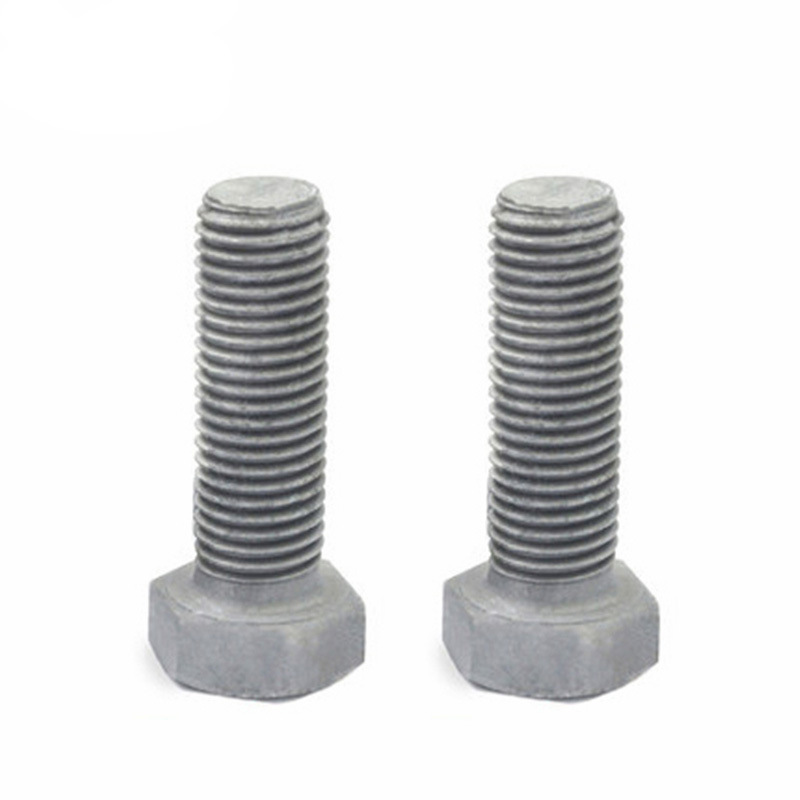

Innovative Solutions for Solar Panel Mounting Systems and Bracket Designs
พ.ย. . 10, 2024 01:18 Back to list
Innovative Solutions for Solar Panel Mounting Systems and Bracket Designs
The Importance of Photovoltaic Brackets in Solar Energy Systems
As the world continues to seek sustainable and renewable energy sources, solar energy has emerged as a vital component in the quest for a greener future. Photovoltaic (PV) systems, which convert sunlight into electricity, are at the forefront of this renewable revolution. However, the efficiency and reliability of these systems depend not only on the solar panels themselves but also on the supporting structures that hold them in place. This is where photovoltaic brackets come into play.
Photovoltaic brackets are essential components in solar mounting systems. They serve as the foundation for solar panels, ensuring that they are securely fastened to rooftops, ground mounts, or any other structures. The design and material of these brackets are crucial for the long-term functionality and stability of solar installations. Various types of brackets have been developed to suit different installation environments, and selecting the right bracket can significantly affect the system's overall performance.
Types of Photovoltaic Brackets
There are several types of photovoltaic brackets available in the market, each tailored for specific applications
1. Roof Mount Brackets These are designed for installing solar panels on rooftops. They can be further categorized into fixed and adjustable brackets. Fixed brackets provide a stable, permanent solution, while adjustable brackets allow for optimization of the angle of the panels to maximize solar exposure.
2. Ground Mount Brackets These are used in installations where solar panels are mounted on the ground rather than rooftops. Ground mounts can be permanent or adjustable and are often used in large-scale solar farms. They must be robust enough to withstand various environmental conditions, such as strong winds and heavy snowfall.
3. Ballasted Mount Brackets These are typically used for flat roofs and do not require any penetrations. Instead, they utilize the weight of ballast—often concrete blocks—to keep the solar panels in place. This is advantageous for buildings where structural integrity is a concern, as it minimizes the risk of leaks.
4. Tracking Mounts These advanced brackets allow solar panels to follow the sun's path throughout the day, maximizing energy capture. While they are more complex and costly than static mounts, they can significantly improve the energy yield of a solar installation.
photovoltaic bracket

Material Considerations
The materials used in photovoltaic brackets must be durable and weather-resistant, as they will be exposed to the elements over time. Common materials include aluminum and stainless steel, both of which offer excellent strength-to-weight ratios and corrosion resistance. The choice of material can influence not only the lifespan of the mounting system but also its maintenance requirements.
Structural Integrity and Safety
Proper installation of photovoltaic brackets is crucial for ensuring the safety and efficiency of solar energy systems. Poorly installed brackets can lead to several issues, including panel misalignment, reduced energy output, and structural damage. Furthermore, in regions prone to extreme weather conditions, such as hurricanes or heavy snow, the brackets must be designed to meet local building codes and withstand these forces. A robust installation not only protects the investments of solar panel owners but also contributes to the overall reliability of solar energy as a sustainable resource.
Environmental Impact
The impact of using photovoltaic brackets extends beyond the immediate scope of solar panel installation. Efficient solar energy systems contribute to reduced carbon footprints by generating clean energy, thus decreasing reliance on fossil fuels. By facilitating the integration of renewable energy sources like solar power into various infrastructures, photovoltaic brackets play a vital role in combating climate change and promoting energy independence.
Conclusion
In summary, photovoltaic brackets are essential components of solar energy systems that play a significant role in ensuring the longevity, reliability, and efficiency of solar panels. With various types available for different applications and crucial material considerations to bear in mind, selecting the right brackets is paramount for any solar installation. As the demand for solar energy continues to rise, these often-overlooked components will remain critical in shaping a sustainable energy landscape. The future of solar energy is bright, and with the right support structures in place, it can shine even brighter.
Latest news
-
High-Strength Hot Dip Galvanized Bolts - LongZe | Corrosion Resistance, Custom Sizes
NewsAug.01,2025
-
Best Self Tapping Screws for Drywall - Fast & Secure Installation
NewsJul.31,2025
-
High-Strength Hot Dip Galvanized Bolts-Hebei Longze|Corrosion Resistance&Customization
NewsJul.31,2025
-
Hot Dip Galvanized Bolts-Hebei Longze Metal Products|Corrosion Resistance&High Strength
NewsJul.31,2025
-
Hot Dip Galvanized Bolts-About LongZe|High Strength, Corrosion Resistance
NewsJul.30,2025
-
High-Strength Hot Dip Galvanized Bolts - Hebei Longze | Corrosion Resistance, Customization
NewsJul.30,2025

